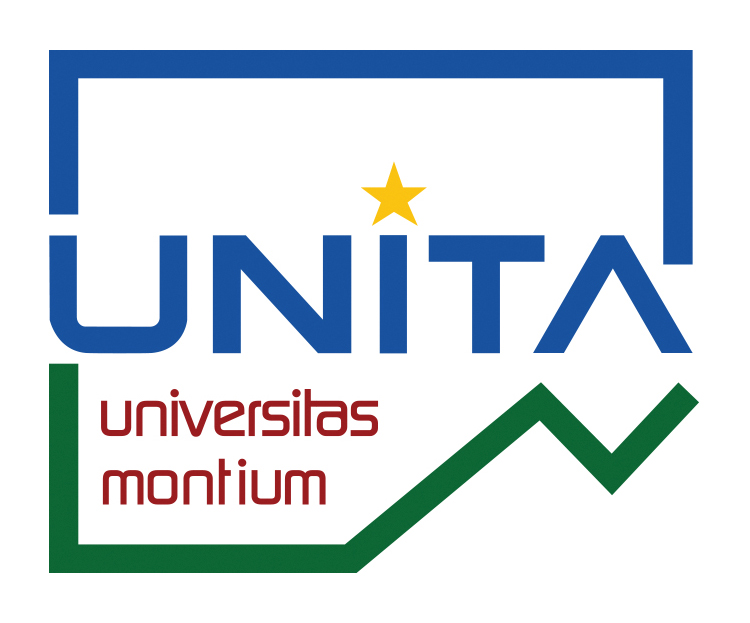Heat transfer enhancement in wavy falling films studied by laser-induced fluorescence
Résumé
The characteristics of thin liquid films flowing down a uniformly heated and inclined plane are investigated, with heat transfer across the wavy films quantified using up-to-date optical measurement techniques based on laser-induced fluorescence (LIF). A planar two-colour LIF technique provides the temperature distribution inside the films, but requires a high degree of wave regularity for the spatial reconstruction. A pointwise adaptation of the aforementioned technique, with much finer temporal sampling, provides simultaneous measurements of the average temperature over the film height and of the film thickness. Despite the loss of spatial resolution, the latter technique can be applied to diverse situations, especially when the waves lose their regularity and have large amplitudes. With these two approaches, the enhancement of heat transfer due to surface waves is traced along the film flow. A growing thermal boundary layer is found close to the inlet of the flow (i.e., first few cm), but its thickness remains small relative to the film thickness. Therefore, the heat transfer coefficient (HTC) is observed to be insensitive to the shape and amplitude of the waves at the free surface. A critical distance is necessary for the thermal boundary layer to be thick enough to interact with the flow structures associated with the waves, and the critical length scales with the Peclet number of the flow based on the specific flow rate. Several experiments are conducted to quantify the influence of the main flow parameters that control the HTC, such as the Reynolds number, the inclination angle and the wave frequency. For moderate wave amplitudes, the internal structure of the film is insensitive to the wave dynamics, and the temperature distribution is essentially dominated by thermal diffusion in the direction normal to the heated wall. Classical Nusselt theory is found to be applicable to the unperturbed (flat) film flows with some limited adjustments to predict the heat transfer rate. However, for the waves that have a larger amplitude, the classical Nusselt theory diverges from the experimental results. A sharp increase of the HTC by several tens of percent is observed over just a few cm, compared to an equivalent undisturbed liquid film with the same Reynolds number. Refined images of the temperature field are then used to better understand the mechanisms by which heat transfer is enhanced. Mixing appears in regions close to the wave front, then progressively extends to other film regions, tending to make the temperature more homogeneous. This has a strong effect on the local HTC in the troughs of the waves, with deviations of up to 40% relative to the flat film theory. Finally, a loss of wave regularity, observed after a few tens of cm from the inlet, accelerates the mixing by further altering the distribution of the temperature field over the entire liquid domain
| Origine | Fichiers produits par l'(les) auteur(s) |
|---|





